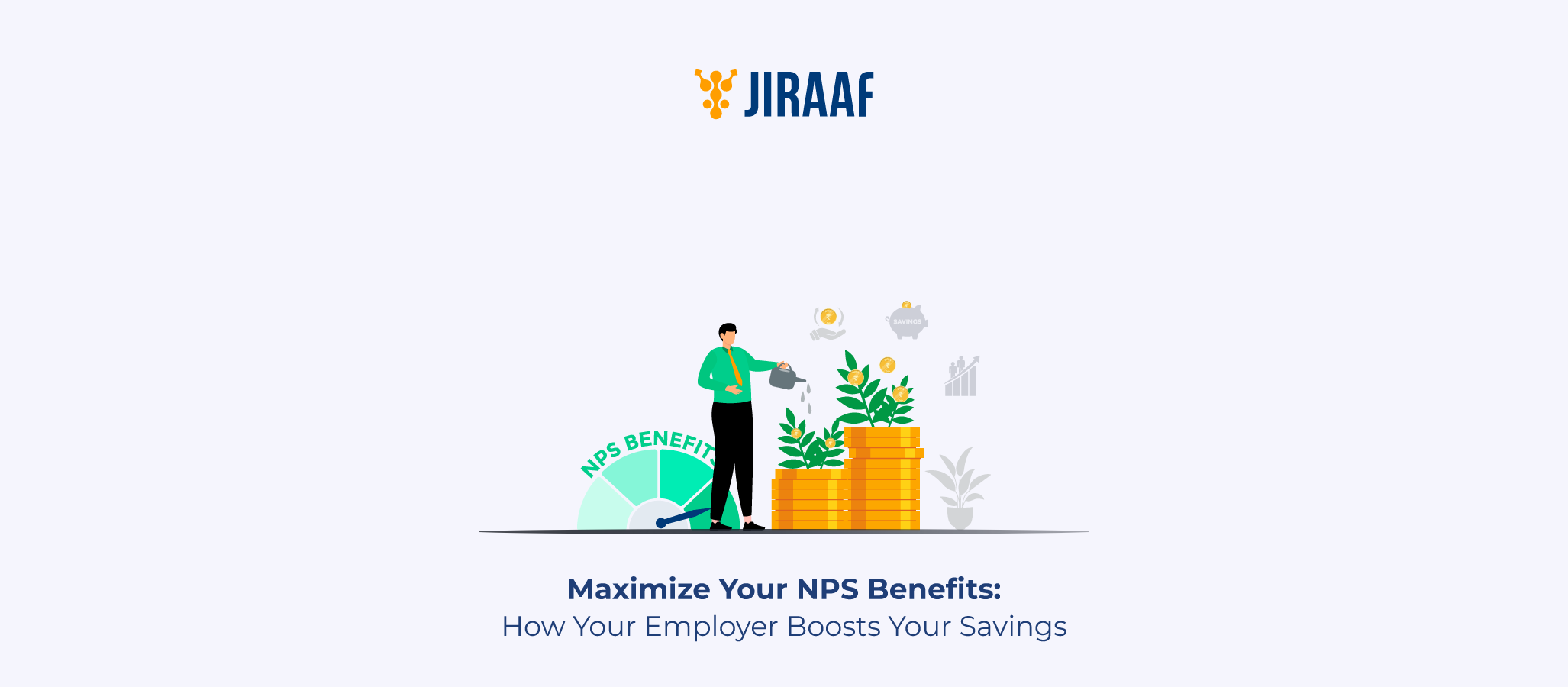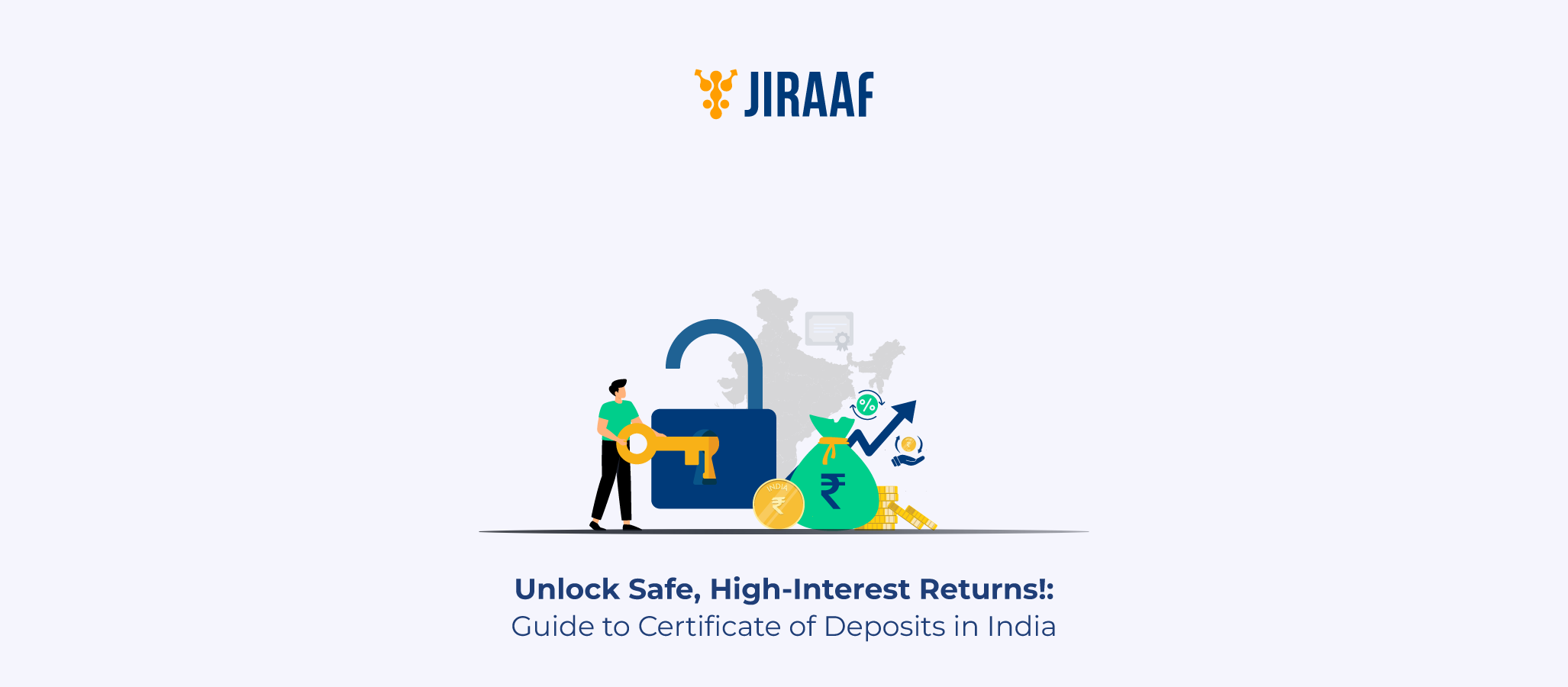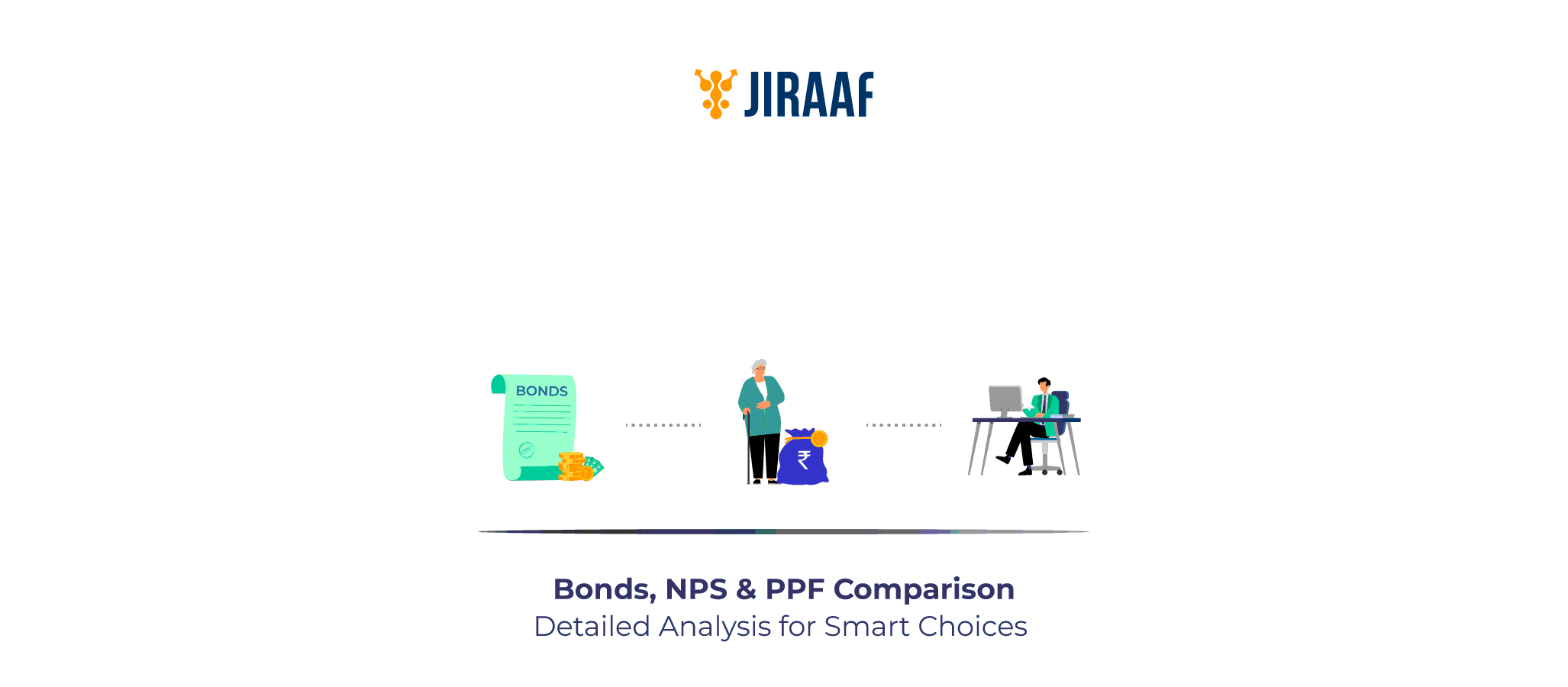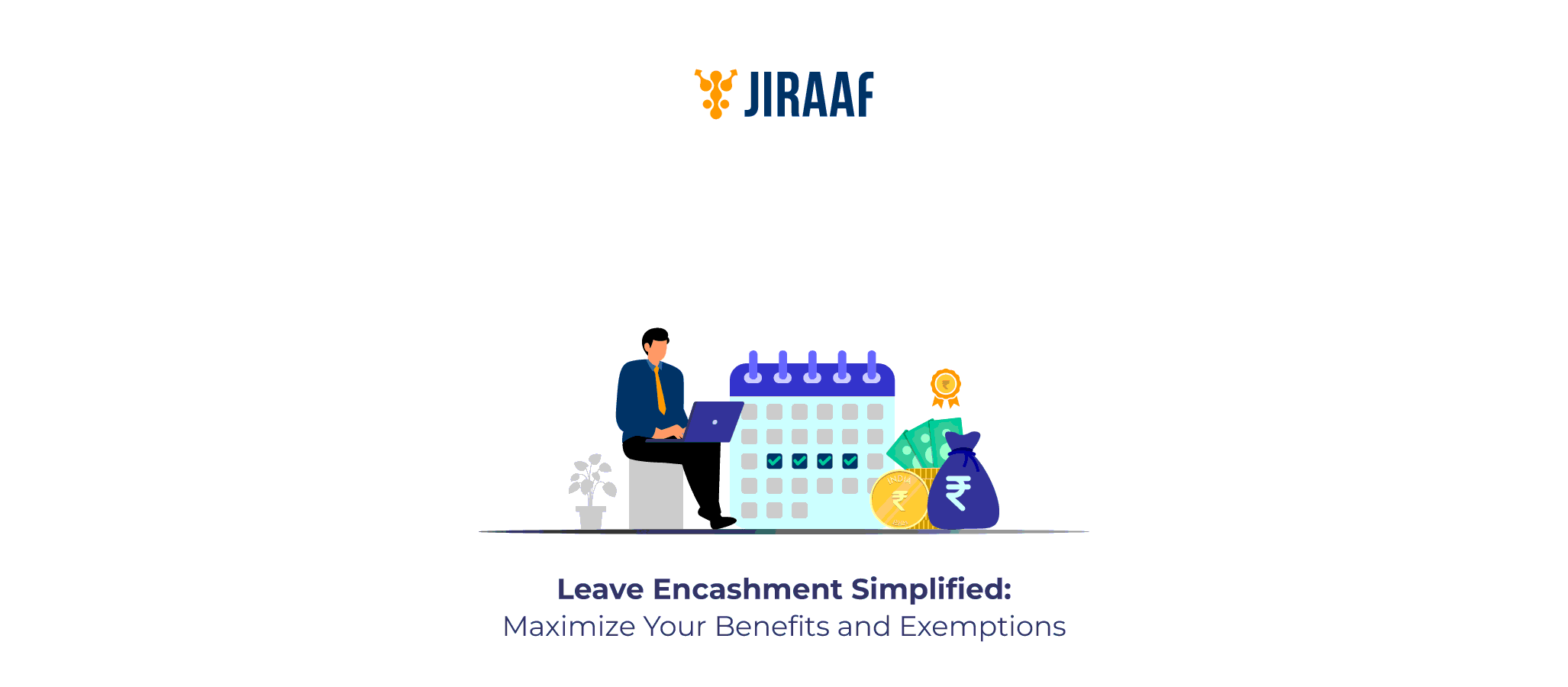When you think about securing your retirement, your contributions are only part of the story. The National Pension Scheme (NPS) employer contribution – made directly by your organization – can significantly boost your retirement corpus while delivering valuable tax benefits. Under Section 80CCD(2), contributions by your employer up to a defined percentage of your salary qualify for a separate tax deduction that doesn’t reduce your ₹1.5 lakh Section 80C limit.
What is the Employer’s Contribution to NPS?
Your employer’s NPS contribution is a share of your basic pay + dearness allowance (DA), sent straight into your NPS Tier-I account. It is independent of your contributions and adds to your retirement fund without compromising your savings. Employers deduct these payments as a business expense under Section 36(1)(iv)(a), decreasing their taxable profits.
How Much Can an Employer Contribute to NPS?
Your employer can contribute up to 10% of your basic salary plus DA. Under the new tax regime, the limit increases to 14%, making it especially meaningful if you’re in the private sector and opt for the new regime. Employer contributions for NPS, Employees’ Provident Fund (EPF), and superannuation cannot exceed ₹7.5 lakh per financial year. Any extra money is considered a taxable perk in your salary.
Tax Benefits on Employer’s Contribution Under Section 80CCD (2)
The major benefit is that your employer’s contributions up to the mandatory maximum are eligible for deduction under Section 80CCD (2). This deduction exceeds the 1.5 lakh limit under Section 80C and the additional ₹50,000 under 80CCD (1B). The old tax structure set a ceiling of 10%. The new tax scheme allows your employer to make a tax-free donation of up to 14% of your salary. Annual payments for NPS, EPF, and superannuation cannot exceed ₹7.5 lakh.
How Employer NPS Contribution Reflects in Your Salary
Employer NPS contributions are often recorded individually on your payslip under “Employer Contribution” in Tier-I NPS deductions or perks. The contribution is added to your gross compensation as a perquisite, but it can be offset by claiming a deduction under Section 80CCD (2), essentially nullifying the tax impact on your income. This means that it raises your Cost to Company (CTC) without lowering your in-hand compensation, assuming you claim the deduction.
Difference Between Employee and Employer Contribution to NPS
| Feature | Employee Contribution | Employer Contribution |
| Section | 80CCD (1) & 80CCD (1B). | 80CCD (2). |
| Limit | Up to 10% (subject to ₹1.5 lakh + ₹50,000). | Up to 10% (old regime) or 14% (new tax regime). |
| Included in 80C Limit | Yes. | No |
| Tax Deduction Claimed By | You. | You (as a salary deduction) |
| Corporate Benefit | N/A. | Treated as a business expense. |
| Combined Cap with EPF/Other | Separate. | ₹7.5 lakh. |
Under Section 80CCD (1), you can claim up to ₹1.5 lakh (plus ₹50,000 under 80CCD(1B)) for personal NPS contributions. Employer contributions are claimed under Section 80CCD (2) and don’t impact these personal limits. However, all employer contributions (including EPF and superannuation) must adhere to the ₹7.5 lakh aggregate cap.
Is Employer’s Contribution to NPS Mandatory?
In simple words, your company does not have a duty to contribute to your NPS account. Donation policies vary – some employers match your donation, others set a percentage, and some choose not to contribute at all. However, employers, particularly those in the government sector, frequently contribute 14% as required by policy. Contributions in the private sector are discretionary, but if your firm offers them, it’s a tax-efficient pension benefit worth maximizing.
Conclusion
When properly designed, your employer’s contribution to NPS can be a strong retirement planning tool, providing tax savings under Section 80CCD (2), faster portfolio growth, and enhanced benefits without reducing your in-hand wage. Whether your employer contributes 10% or 14%, you benefit from disciplined saving, lower-taxed income, and long-term financial stability. If your employer does not presently provide this benefit, it is worth examining how advocating for it could improve your compensation structure.
FAQs
What is the maximum limit for the employer’s contribution to NPS?
The employer’s contribution to your NPS Tier-I account is limited to 10% of your (Basic + DA) within corporate NPS. Government employees earn 14%. Tax benefits are only applicable up to ₹7.5 lakh under Section 80CCD (2), with no separate higher monetary limit.
Is the employer’s NPS contribution taxable?
No, the employer’s NPS contribution is not taxed to you. Section 80CCD (2) allows for a deduction of up to 10% of remuneration (Basic + DA). If the contribution exceeds ₹7.5 lakh per year (including additional benefits), the surplus may be taxed as benefits.
Can I claim a deduction for my employer’s NPS contribution?
Yes, you can deduct your employer’s NPS contribution according to Section 80CCD (2). The cap is 10% of your basic income plus DA. This is over and above the ₹1.5 lakh limit under the provisions of Section 80C, making NPS more tax-efficient than other investments.
How do I check employer contributions in my NPS account?
Log in to the NPS site (eNPS – National Pension System) with your PRAN and password. To view contributions, go to the Transaction Statement. Alternatively, you can check your NPS account statement by email or via the NPS mobile app. Your employer’s contributions will be recorded separately under “Employer Contribution.”
Is the employer contribution under NPS better than PF?
NPS provides better (market-linked) returns than PF (fixed yields), but it carries more risk. NPS offers additional tax benefits (up to ₹7.5 lakh under 80CCD (2)). However, PF guarantees both safety and liquidity. Choose NPS for growth and tax savings, PF for stability. A combination of the two is optimal.
Discover fixed income investments with Jiraaf, a SEBI registered online bonds platform that educates and brings access to a wide array of bonds. Sign up today to explore diversified fixed income investment opportunities to support your goal-based wealth creation journey. Start investing!









